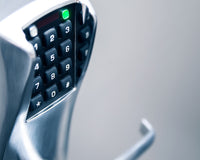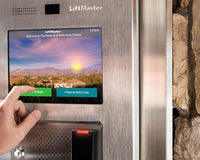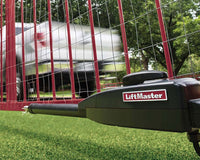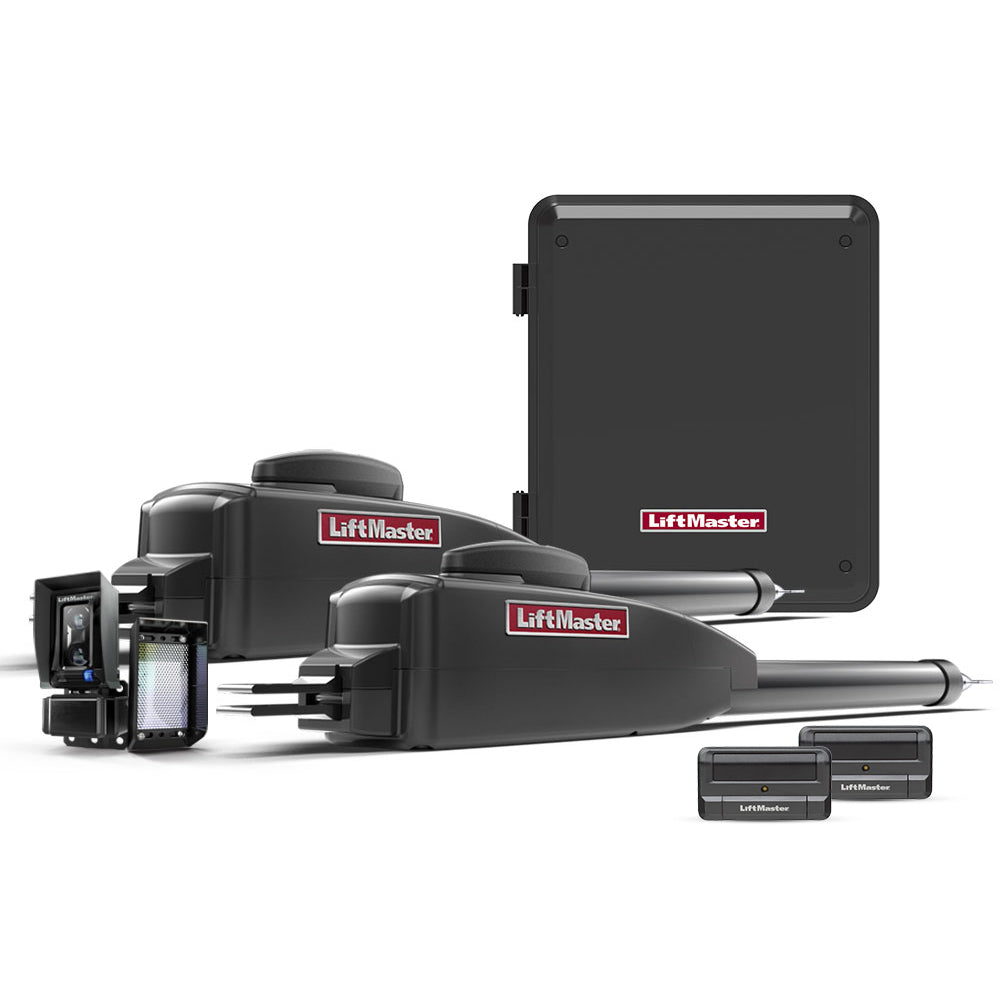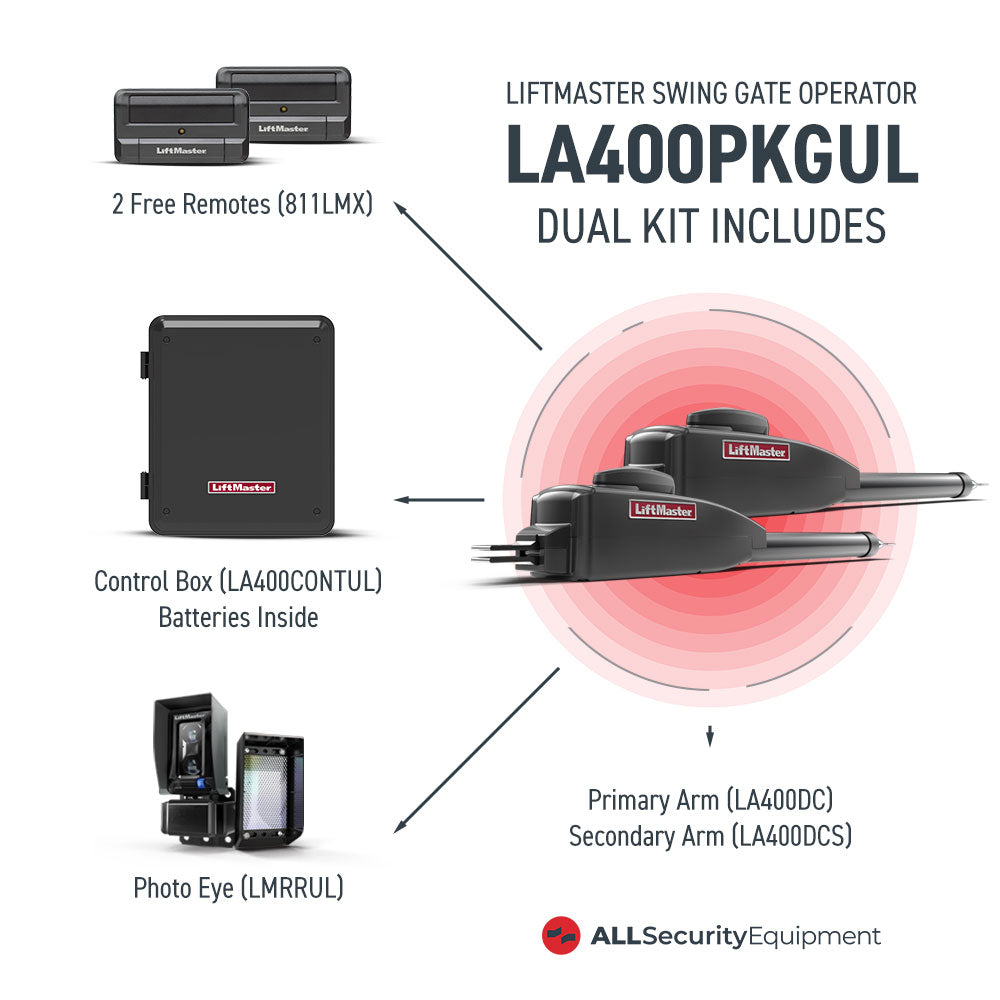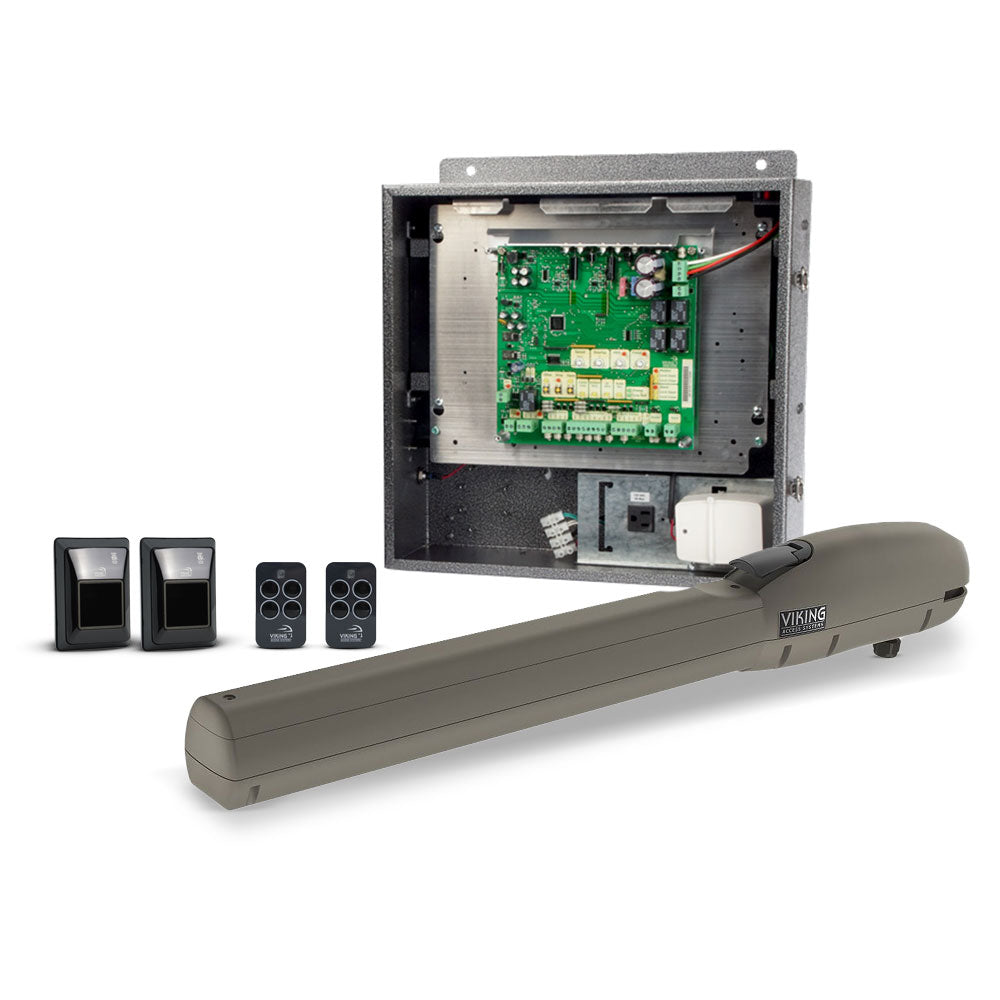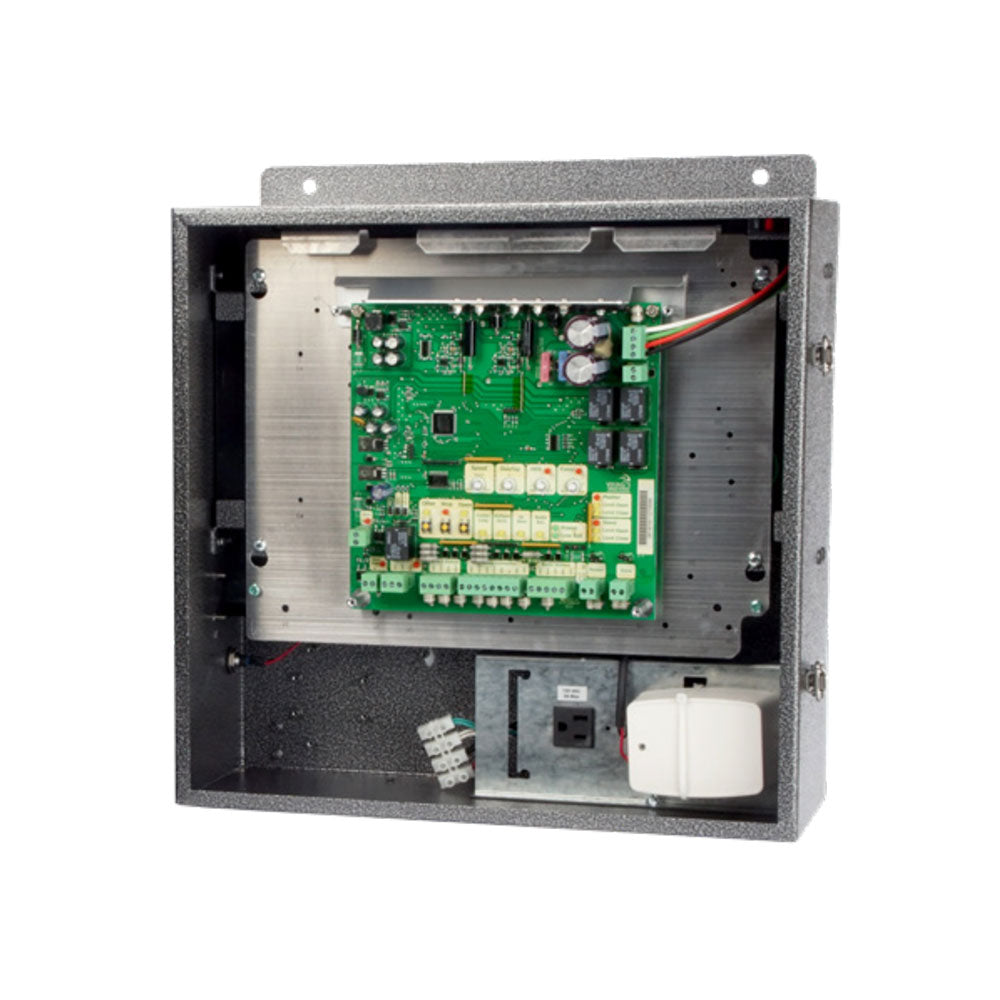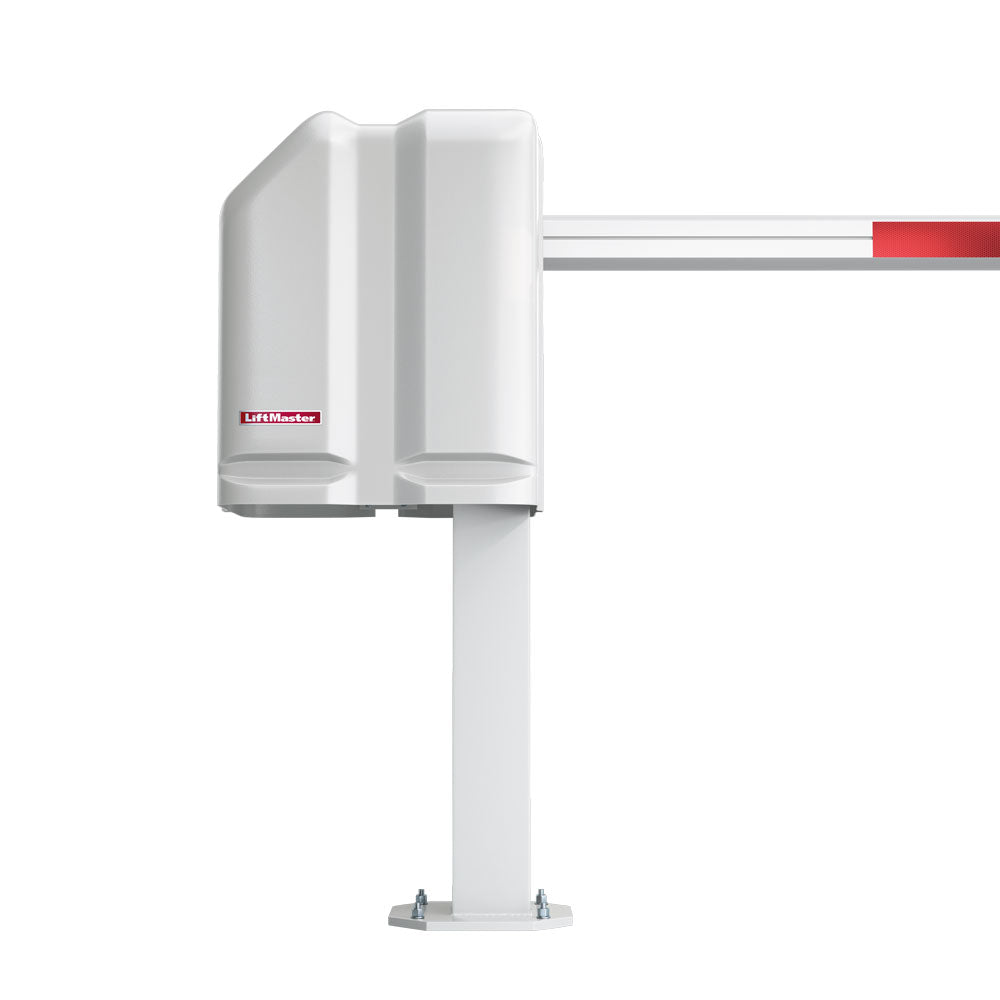Cutting the Cord, Not the Corner: Optimizing Your Wireless Edge Sensor Performance with EMX
For property managers and owners, reliable access control is paramount. Wireless edge sensors play a critical role in ensuring the safe and efficient operation of gates and doors. Without properly functioning sensors, you risk security breaches, property damage, and even personal injury.
Imagine a scenario where a faulty sensor fails to detect a vehicle, causing a gate to close prematurely, resulting in costly damage to the vehicle and the gate itself. Or, worse, a pedestrian could be injured. Optimizing these sensors is not just about convenience; it's about safeguarding assets and lives.
EMX Industries has established itself as a leader in the sensor technology sector, particularly in the realm of access control. Renowned for their high-performance optical sensors used in demanding industrial applications, EMX brings this same level of precision and reliability to their access control solutions.

Their WEL-200 wireless edge sensor line is designed to provide robust and accurate detection, minimizing false triggers and ensuring consistent performance in various environmental conditions. EMX's technology is built to detect vehicles only upon a complete stop, effectively eliminating false triggers from cross traffic or moving objects like bicycles or landscaping equipment, which is a common issue with less sophisticated sensors.
Today's All Security Equipment blog will delve into the specifics of the EMX WEL-200 Wireless Edge Sensor, providing you with expert insights on how to maximize its performance. Whether you're a seasoned property manager or a homeowner looking to enhance your security, this guide will equip you with the knowledge to ensure your access control system operates at its peak.
Wireless Edge Excellence: The EMX WEL-200
The EMX WEL-200 Wireless Edge Link system represents a significant leap forward in access control technology, offering a robust and reliable wireless solution for interfacing sensing edges with gate and door operators. Designed to eliminate the complexities and costs associated with traditional wired systems, the WEL-200 ensures seamless compliance with the stringiest monitoring standards.

This system allows for operation up to 200 feet (line of sight) between the transmitter and receiver, providing flexibility in installation and minimizing the need for extensive cabling. Its rugged, watertight NEMA 4X enclosures guarantee durability and performance in diverse environmental conditions, making it suitable for both residential and commercial applications.
Key features of the EMX WEL-200 system include:
-
Multiple Monitoring Methods: Supports normally closed (NC), resistive termination (10K), and pulse output monitoring, offering flexibility for various installation requirements.
-
Extended Operating Range: Operates up to 200 feet (line of sight), providing reliable wireless connectivity.
-
Multi-Transmitter Support: Connects up to four safety edge transmitters, accommodating complex access control setups.
-
Durable NEMA 4X Enclosure: Ensures protection against environmental factors, guaranteeing long-term reliability
At the heart of the WEL-200 system is its versatile receiver, engineered for ease of installation and maintenance. The receiver supports up to four transmitters, each capable of handling separate relay and pulse outputs for both open and close edge functionality. This multi-transmitter capability makes it ideal for complex access control setups requiring multiple sensing points.

The system's ability to provide clear and reliable feedback on fault modes, combined with its robust wireless performance, makes the EMX WEL-200 an essential component for any modern access control system.
Do’s and Don’ts: Steering Clear of Signal Snags and Other Blunders
Now that we’ve learned the basics of what to expect from your EMX WEL-200, let’s review what you can do to maximize its performance. By adhering to a few key do's and don'ts, you can ensure reliable operation and extend the lifespan of your equipment.
-
Do:
-
Mount the receiver outside metal enclosures.
-
Ensure a clear line of sight between the receiver and transmitters..
-
Verify the sensing edge's functionality with a multimeter.
-
Install the Receiver with the Gate’s Motion in Mind.
-
Don't:
-
Mount the receiver inside metal boxes.
-
Place the receiver near other wireless devices operating on the same frequency.
-
Assume the wireless link is the problem without verifying the sensing edge.
-
Don’t assume your edge wasn’t the problem.
-
Don’t Mount the Receiver in a Metal Box.
-
Do Not Put the Receiver Next to Other Wireless Equipment.
A common mistake is mounting the receiver inside a metal operator box. Metal acts as a barrier, significantly weakening the wireless signal and forcing the system to work harder, which drastically reduces battery life. Instead, mount the receiver a few inches outside the box or in an area with minimal metal interference.
Failure to adhere to these guidelines can lead to a cascade of issues, from intermittent gate operation and false triggers to complete system failure.
One of the most common problems can be frequent battery replacements disrupting daily operations and increase maintenance costs.
Avoiding these pitfalls is essential for maintaining a secure and reliable access control system.
Powering Through: Extending the Lifeline of Your WEL-200 Batteries
Maximizing WEL-200 battery life hinges on smart practices. Begin with high-quality lithium AA batteries, as recommended by EMX and move on to making sure you follow these do’s and don’t’s also from EMX's suggestions:
-
Do:
-
Use high-quality lithium AA batteries.
-
Maintain a clear line of sight between receiver and transmitter.
-
Ensure the antenna is uncovered.
-
Utilize the signal strength indicator.
-
Don't:
-
Use lower-quality or alternative battery types.
-
Obstruct the line of sight with metal or other barriers.
-
Cover the antenna.
As you can see, proper installation and positioning are paramount. Maintain a clear line of sight between the receiver and transmitter to prevent signal degradation. Obstructions force the system to work harder, draining the battery unnecessarily.
For example, avoid mounting the transmitter on the backside of a solid steel gate with the receiver on the opposite side. Additionally, ensure the antenna, located internally at the top of the housing, remains uncovered. A clear antenna ensures proper signal transmission and reception.
To further optimize battery performance, leverage the WEL-200's built-in features. The signal strength indicator allows you to monitor connection quality, enabling you to identify and address potential signal issues promptly. This proactive approach helps maintain efficient communication, minimizing unnecessary battery drain.
Neglecting these battery optimization steps can result in shortened battery lifespans, leading to frequent replacements and system downtime. Imagine a scenario where a gate becomes inoperable due to a dead battery during peak hours, causing significant disruption and security risks. By following these best practices, you can ensure your WEL-200 system operates reliably and efficiently.
EMX in All Security Equipment: Secure Your Success with Expert Support
The EMX WEL-200 Wireless Edge Sensor offers a robust and reliable solution for enhancing your access control systems, and by adhering to best practices for installation, maintenance, and battery optimization, you can ensure peak performance and longevity. From maintaining clear line-of-sight to using the recommended batteries, these tips are designed to minimize downtime and maximize security.
If you're interested in learning more about the EMX WEL-200 or exploring other access control solutions, don't hesitate to contact the All Security Equipment customer service team. Our experts are ready to assist you with any questions, provide product information, and help you find the perfect security equipment to meet your needs.


